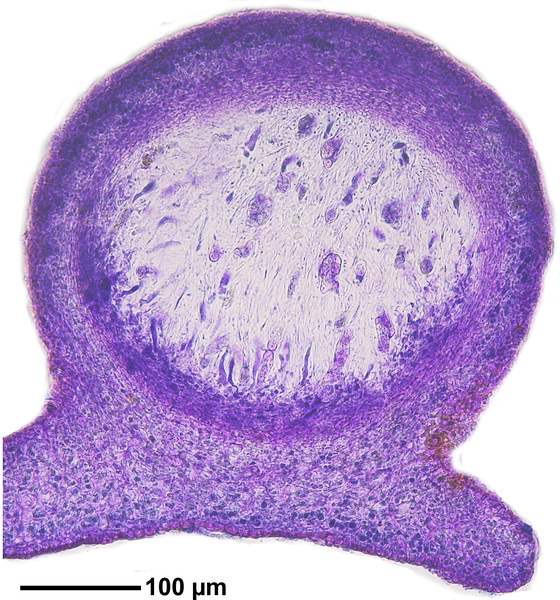Scytinium rivale (Tuck.) Otálora, P.M. Jørg. & Wedin
Fungal Diversity, 64, 1: 291, 2013 . Basionym: Leptogium rivale Tuck. - Proc. Amer. Acad. Arts & Sci.: 12: 170 , 1877.
Synonyms:
Distribution:
Description: Thallus minutely foliose to squamulose, subgelatinous when wet, grey-green to dark emeral green, 0.5-2 cm wide, of usually closely adnate (but also spreading onto mosses), finally crowded and imbricate, flexuous, 0.2-1.5 mm wide, 50-150 µm thick, smooth, glossy or dull lobules/squamules with occasionally ascending margins, the tips roundish; lower surface blue-grey, with sparse tufts of long-celled, whitish hapters. Upper and lower pseudcortex well-developed, of prosoplectenchymatous cells, the layer inbetween paraplectenchymatous throughout. Apothecia lecanorine, mostly laminal, sessile and constricted at base, up to 1 mm across, with a concave to flat, brown disc, a thin thalline margin and a usually paler proper margin. Thalline exciple pseudocorticate; proper exciple distinctly paraplectenchymatous; epithecium brownish; hymenium colourless, 100-150 µm high, I+ blue; paraphyses coherent, mostly simple, the apical cells slightly swollen; hypothecium colourless. Asci 8-spored, narrowly clavate, the apex strongly thickened, the apical dome K/I+ pale blue, with a downwardly projecting K/I+ deep blue tubular structure. Ascospores submuriform, hyaline, ellipsoid, 20-40(-46) x (6-)9-14 µm. Photobiont cyanobacterial (Nostoc, the cells in clusters or in short chains). Spot test: all negative. Chemistry: without lichen substances. Note: a species growing on siliceous rocks or overgrowing mosses in very humid, periodically submerged sites near streams, lakes and waterfalls above the lower montane belt; described from North America and also known from Japan, it has been reported from several scattered localities in Central Europe, with a single record from the Eastern Alps (Austria). To be looked for in the Italian Alps. The conspecificity of European and North American material requires further study (Jørgensen 1994, Guttovà 2000).
Growth form: Squamulose
Substrata: rocks, soil, terricolous mosses, and plant debris
Photobiont: green algae other than Trentepohlia (primary); cyanobacteria, filamentous (e.g. Nostoc, Scytonema) (secundary, e.g. in cephalodia)
Reproductive strategy: mainly sexual
Periodically submerged (e.g. in creeks)
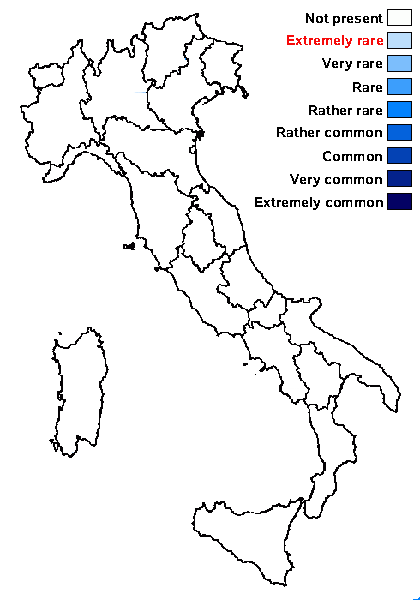
Predictive model
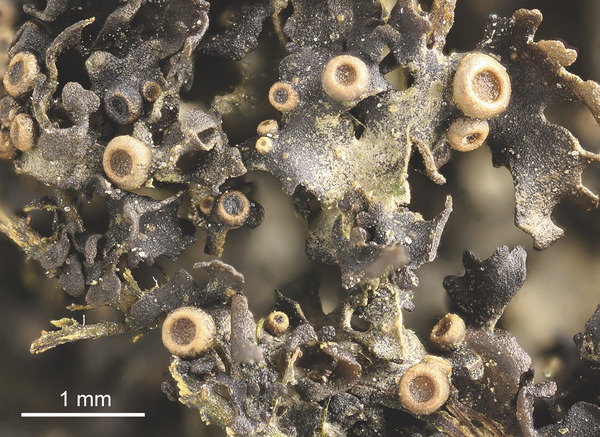

Felix Schumm - CC BY-SA 4.0
[16497], Germany, Nordrhein-Westfalen, Bergisches Land, Solingen, Tal der Wupper, im Dorperhofer Bach, amphibisch auf kleinen moosbewachsenen Silikatblöcken, 120 m. Leg. G. Zimmermann 2010.
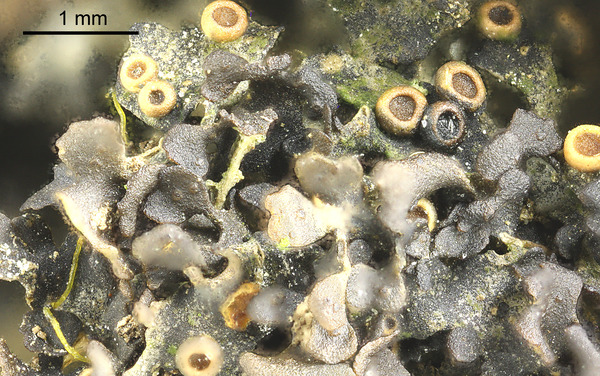

Felix Schumm - CC BY-SA 4.0
[16497], Germany, Nordrhein-Westfalen, Bergisches Land, Solingen, Tal der Wupper, im Dorperhofer Bach, amphibisch auf kleinen moosbewachsenen Silikatblöcken, 120 m. Leg. G. Zimmermann 2010.
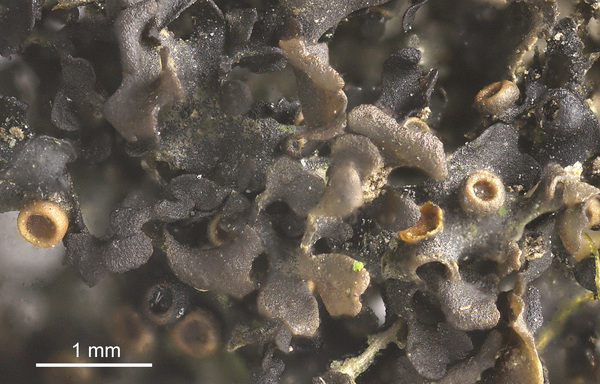

Felix Schumm - CC BY-SA 4.0
[16497], Germany, Nordrhein-Westfalen, Bergisches Land, Solingen, Tal der Wupper, im Dorperhofer Bach, amphibisch auf kleinen moosbewachsenen Silikatblöcken, 120 m. Leg. G. Zimmermann 2010.
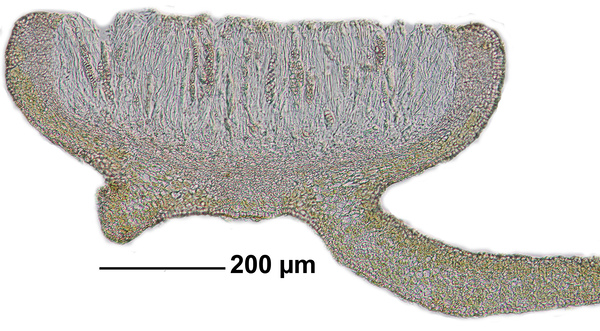

Felix Schumm - CC BY-SA 4.0
[16497], Germany, Nordrhein-Westfalen, Bergisches Land, Solingen, Tal der Wupper, im Dorperhofer Bach, amphibisch auf kleinen moosbewachsenen Silikatblöcken, 120 m. Leg. G. Zimmermann 2010.


Felix Schumm - CC BY-SA 4.0
[16497], Germany, Nordrhein-Westfalen, Bergisches Land, Solingen, Tal der Wupper, im Dorperhofer Bach, amphibisch auf kleinen moosbewachsenen Silikatblöcken, 120 m. Leg. G. Zimmermann 2010.
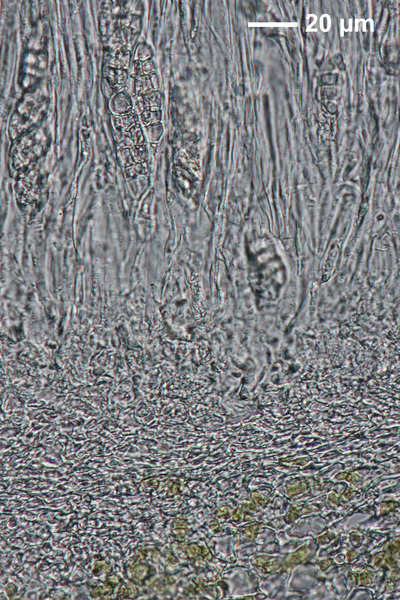

Felix Schumm - CC BY-SA 4.0
[16497], Germany, Nordrhein-Westfalen, Bergisches Land, Solingen, Tal der Wupper, im Dorperhofer Bach, amphibisch auf kleinen moosbewachsenen Silikatblöcken, 120 m. Leg. G. Zimmermann 2010.
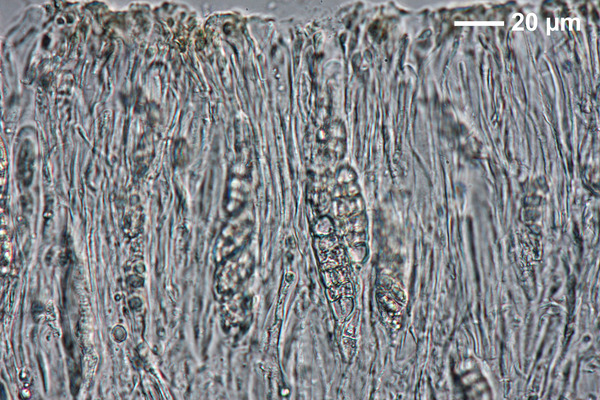

Felix Schumm - CC BY-SA 4.0
[16497], Germany, Nordrhein-Westfalen, Bergisches Land, Solingen, Tal der Wupper, im Dorperhofer Bach, amphibisch auf kleinen moosbewachsenen Silikatblöcken, 120 m. Leg. G. Zimmermann 2010.
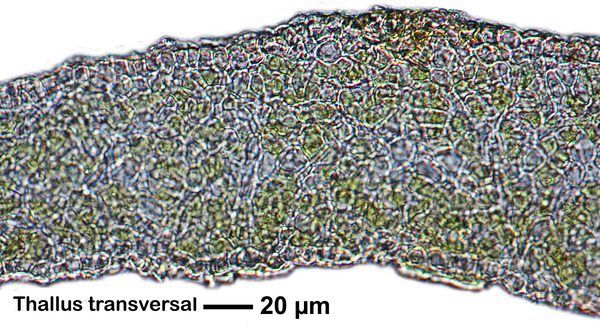

Felix Schumm - CC BY-SA 4.0
[16497], Germany, Nordrhein-Westfalen, Bergisches Land, Solingen, Tal der Wupper, im Dorperhofer Bach, amphibisch auf kleinen moosbewachsenen Silikatblöcken, 120 m. Leg. G. Zimmermann 2010.
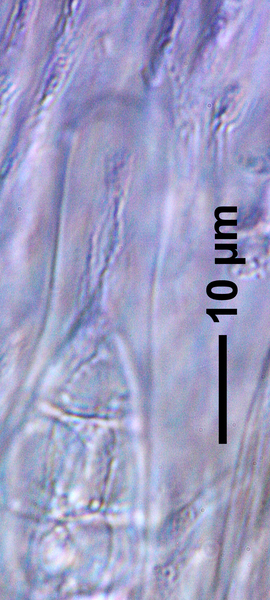

Felix Schumm - CC BY-SA 4.0
[16497], Germany, Nordrhein-Westfalen, Bergisches Land, Solingen, Tal der Wupper, im Dorperhofer Bach, amphibisch auf kleinen moosbewachsenen Silikatblöcken, 120 m. Leg. G. Zimmermann 2010.
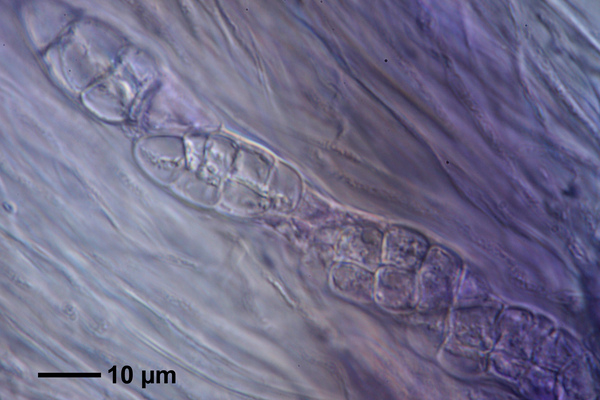

Felix Schumm - CC BY-SA 4.0
[16497], Germany, Nordrhein-Westfalen, Bergisches Land, Solingen, Tal der Wupper, im Dorperhofer Bach, amphibisch auf kleinen moosbewachsenen Silikatblöcken, 120 m. Leg. G. Zimmermann 2010.
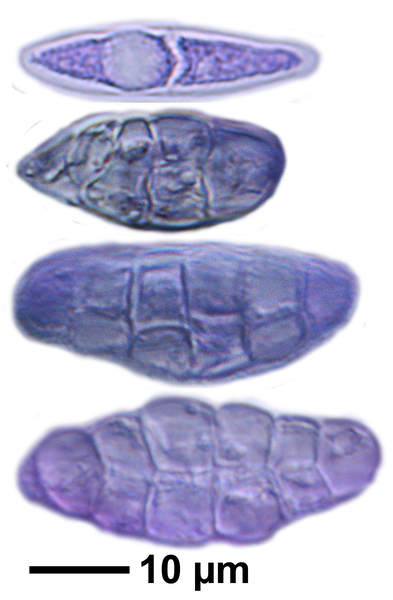

Felix Schumm - CC BY-SA 4.0
[16497], Germany, Nordrhein-Westfalen, Bergisches Land, Solingen, Tal der Wupper, im Dorperhofer Bach, amphibisch auf kleinen moosbewachsenen Silikatblöcken, 120 m. Leg. G. Zimmermann 2010.
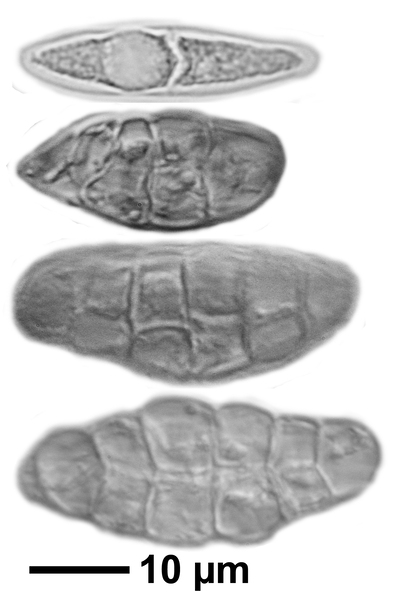

Felix Schumm - CC BY-SA 4.0
[16497], Germany, Nordrhein-Westfalen, Bergisches Land, Solingen, Tal der Wupper, im Dorperhofer Bach, amphibisch auf kleinen moosbewachsenen Silikatblöcken, 120 m. Leg. G. Zimmermann 2010.
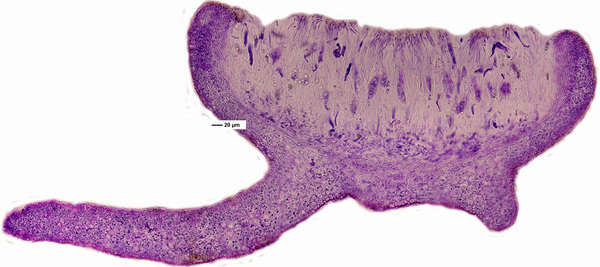

Felix Schumm - CC BY-SA 4.0
[16497], Germany, Nordrhein-Westfalen, Bergisches Land, Solingen, Tal der Wupper, im Dorperhofer Bach, amphibisch auf kleinen moosbewachsenen Silikatblöcken, 120 m. Leg. G. Zimmermann 2010.


Felix Schumm - CC BY-SA 4.0
[16497], Germany, Nordrhein-Westfalen, Bergisches Land, Solingen, Tal der Wupper, im Dorperhofer Bach, amphibisch auf kleinen moosbewachsenen Silikatblöcken, 120 m. Leg. G. Zimmermann 2010.
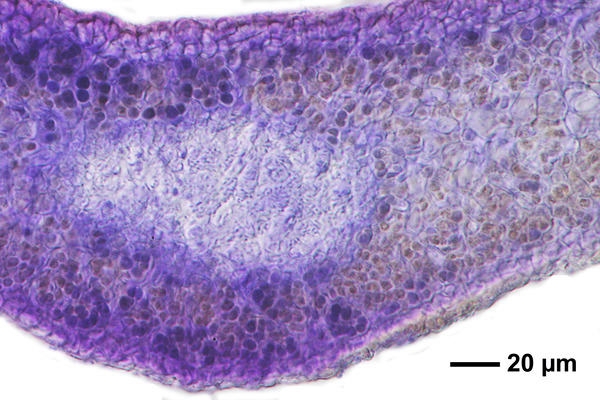

Felix Schumm - CC BY-SA 4.0
[16497], Germany, Nordrhein-Westfalen, Bergisches Land, Solingen, Tal der Wupper, im Dorperhofer Bach, amphibisch auf kleinen moosbewachsenen Silikatblöcken, 120 m. Leg. G. Zimmermann 2010.
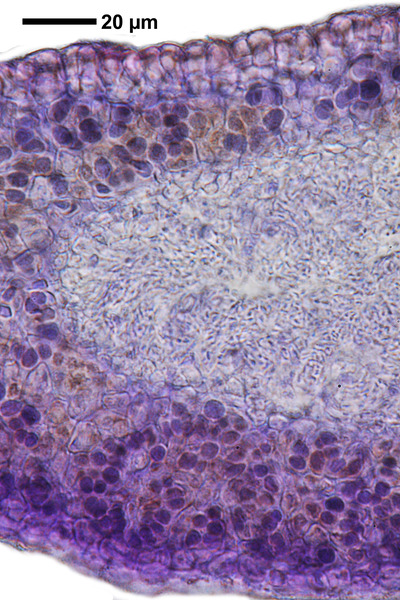

Felix Schumm - CC BY-SA 4.0
[16497], Germany, Nordrhein-Westfalen, Bergisches Land, Solingen, Tal der Wupper, im Dorperhofer Bach, amphibisch auf kleinen moosbewachsenen Silikatblöcken, 120 m. Leg. G. Zimmermann 2010.
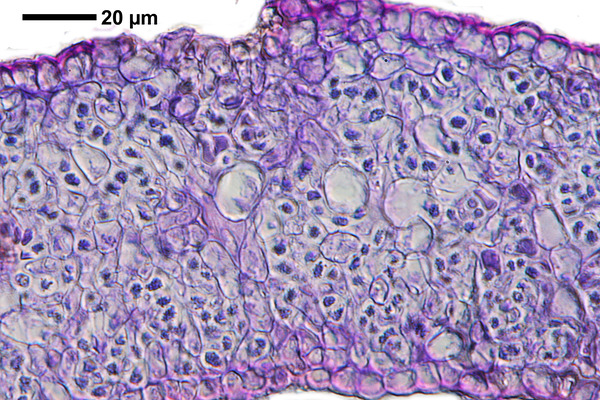

Felix Schumm - CC BY-SA 4.0
[16497], Germany, Nordrhein-Westfalen, Bergisches Land, Solingen, Tal der Wupper, im Dorperhofer Bach, amphibisch auf kleinen moosbewachsenen Silikatblöcken, 120 m. Leg. G. Zimmermann 2010.
Growth form: Squamulose
Substrata: rocks, soil, terricolous mosses, and plant debris
Photobiont: green algae other than Trentepohlia (primary); cyanobacteria, filamentous (e.g. Nostoc, Scytonema) (secundary, e.g. in cephalodia)
Reproductive strategy: mainly sexual
Periodically submerged (e.g. in creeks)

Predictive model


Felix Schumm - CC BY-SA 4.0
[16497], Germany, Nordrhein-Westfalen, Bergisches Land, Solingen, Tal der Wupper, im Dorperhofer Bach, amphibisch auf kleinen moosbewachsenen Silikatblöcken, 120 m. Leg. G. Zimmermann 2010.


Felix Schumm - CC BY-SA 4.0
[16497], Germany, Nordrhein-Westfalen, Bergisches Land, Solingen, Tal der Wupper, im Dorperhofer Bach, amphibisch auf kleinen moosbewachsenen Silikatblöcken, 120 m. Leg. G. Zimmermann 2010.


Felix Schumm - CC BY-SA 4.0
[16497], Germany, Nordrhein-Westfalen, Bergisches Land, Solingen, Tal der Wupper, im Dorperhofer Bach, amphibisch auf kleinen moosbewachsenen Silikatblöcken, 120 m. Leg. G. Zimmermann 2010.


Felix Schumm - CC BY-SA 4.0
[16497], Germany, Nordrhein-Westfalen, Bergisches Land, Solingen, Tal der Wupper, im Dorperhofer Bach, amphibisch auf kleinen moosbewachsenen Silikatblöcken, 120 m. Leg. G. Zimmermann 2010.


Felix Schumm - CC BY-SA 4.0
[16497], Germany, Nordrhein-Westfalen, Bergisches Land, Solingen, Tal der Wupper, im Dorperhofer Bach, amphibisch auf kleinen moosbewachsenen Silikatblöcken, 120 m. Leg. G. Zimmermann 2010.


Felix Schumm - CC BY-SA 4.0
[16497], Germany, Nordrhein-Westfalen, Bergisches Land, Solingen, Tal der Wupper, im Dorperhofer Bach, amphibisch auf kleinen moosbewachsenen Silikatblöcken, 120 m. Leg. G. Zimmermann 2010.


Felix Schumm - CC BY-SA 4.0
[16497], Germany, Nordrhein-Westfalen, Bergisches Land, Solingen, Tal der Wupper, im Dorperhofer Bach, amphibisch auf kleinen moosbewachsenen Silikatblöcken, 120 m. Leg. G. Zimmermann 2010.


Felix Schumm - CC BY-SA 4.0
[16497], Germany, Nordrhein-Westfalen, Bergisches Land, Solingen, Tal der Wupper, im Dorperhofer Bach, amphibisch auf kleinen moosbewachsenen Silikatblöcken, 120 m. Leg. G. Zimmermann 2010.


Felix Schumm - CC BY-SA 4.0
[16497], Germany, Nordrhein-Westfalen, Bergisches Land, Solingen, Tal der Wupper, im Dorperhofer Bach, amphibisch auf kleinen moosbewachsenen Silikatblöcken, 120 m. Leg. G. Zimmermann 2010.


Felix Schumm - CC BY-SA 4.0
[16497], Germany, Nordrhein-Westfalen, Bergisches Land, Solingen, Tal der Wupper, im Dorperhofer Bach, amphibisch auf kleinen moosbewachsenen Silikatblöcken, 120 m. Leg. G. Zimmermann 2010.


Felix Schumm - CC BY-SA 4.0
[16497], Germany, Nordrhein-Westfalen, Bergisches Land, Solingen, Tal der Wupper, im Dorperhofer Bach, amphibisch auf kleinen moosbewachsenen Silikatblöcken, 120 m. Leg. G. Zimmermann 2010.


Felix Schumm - CC BY-SA 4.0
[16497], Germany, Nordrhein-Westfalen, Bergisches Land, Solingen, Tal der Wupper, im Dorperhofer Bach, amphibisch auf kleinen moosbewachsenen Silikatblöcken, 120 m. Leg. G. Zimmermann 2010.


Felix Schumm - CC BY-SA 4.0
[16497], Germany, Nordrhein-Westfalen, Bergisches Land, Solingen, Tal der Wupper, im Dorperhofer Bach, amphibisch auf kleinen moosbewachsenen Silikatblöcken, 120 m. Leg. G. Zimmermann 2010.


Felix Schumm - CC BY-SA 4.0
[16497], Germany, Nordrhein-Westfalen, Bergisches Land, Solingen, Tal der Wupper, im Dorperhofer Bach, amphibisch auf kleinen moosbewachsenen Silikatblöcken, 120 m. Leg. G. Zimmermann 2010.


Felix Schumm - CC BY-SA 4.0
[16497], Germany, Nordrhein-Westfalen, Bergisches Land, Solingen, Tal der Wupper, im Dorperhofer Bach, amphibisch auf kleinen moosbewachsenen Silikatblöcken, 120 m. Leg. G. Zimmermann 2010.


Felix Schumm - CC BY-SA 4.0
[16497], Germany, Nordrhein-Westfalen, Bergisches Land, Solingen, Tal der Wupper, im Dorperhofer Bach, amphibisch auf kleinen moosbewachsenen Silikatblöcken, 120 m. Leg. G. Zimmermann 2010.



